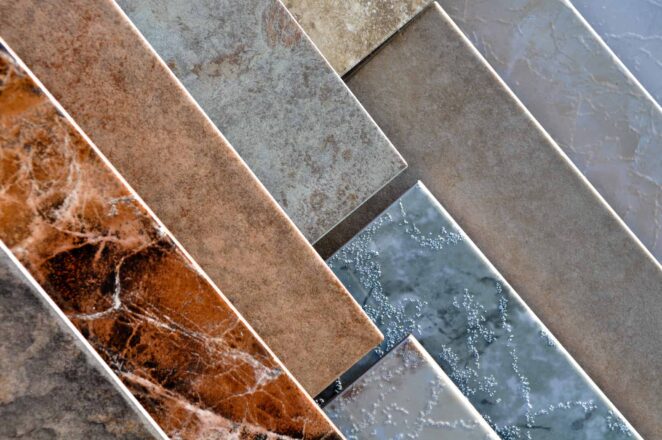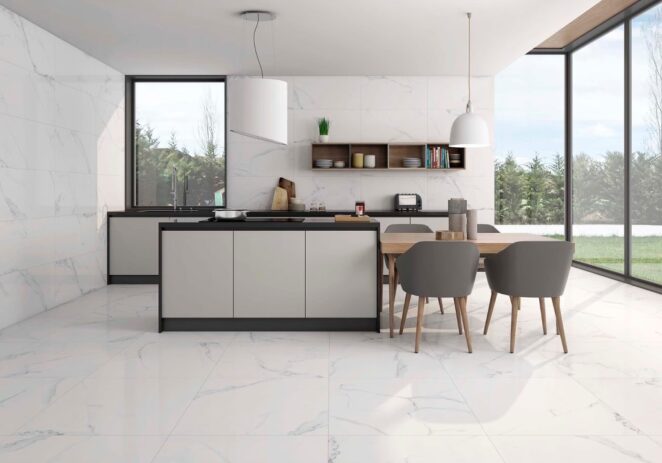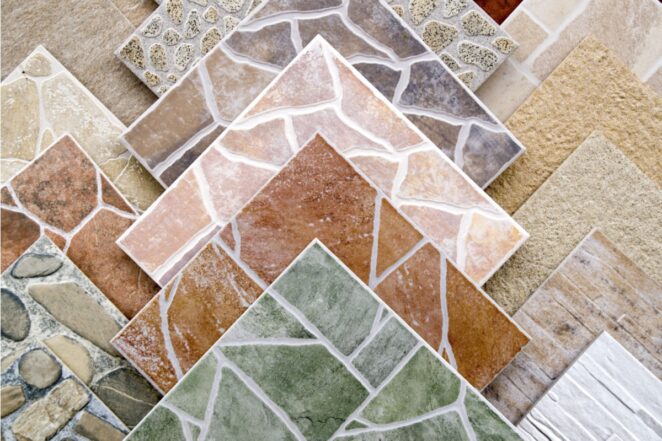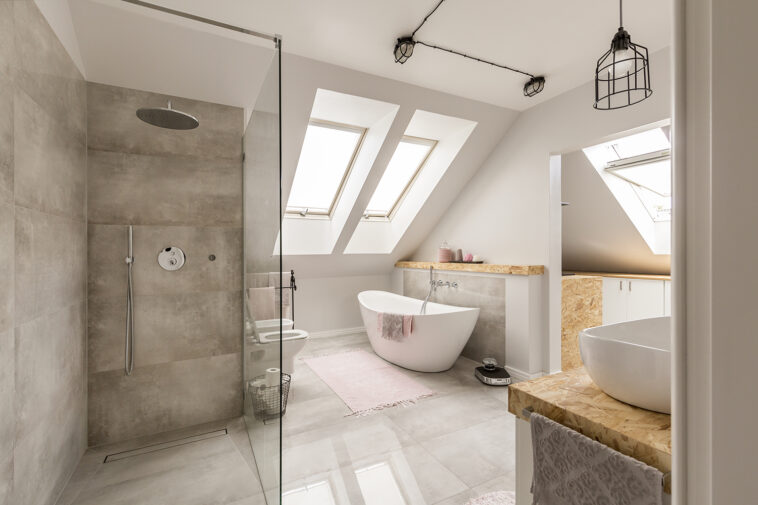One of the most important parts of designing and making a home or any other building is the flooring. There can be different types of flooring that can impact the aesthetic of a place including hardwood floors, tiles, stones, etc.. Tiles are one of the safest and most versatile options to choose for an indoor room. But there are a variety of tiles to choose from and hence enough knowledge about their pros and cons is needed.
Although people may often be confused while distinguishing between porcelain and ceramic tiles, there are some differences between them. These differences can make it confusing for people to choose the type of surface best suited to their needs and aesthetic. This is why basic information about both the types of surfaces is necessary to correctly choose the best option. Here are some tips that can help one in choosing between both the type of tiles:
1. Knowing The Similarities Between The Type Of Tiles

First off, before choosing between both the options, it is a good practice to know about the similarities present in both the types of tiles. Both the surfaces are pretty similar as far as their designs and aesthetics are being compared. They also feel fairly similar to touch. Both are made out of clay and are baked using a kiln to give them strength.
2. Knowing The Differences Between Both The Type of Tiles
Along with information about the similarities in both the types of tiles, one should also know about the differences between them to be able to compare them.
The first difference being the way in which both are made and produced. Porcelain surfaces are said to be made of a denser type of clay which gives the surface more density. Along with this, it is also fired and baked in the kiln for a longer period of time as compared to a ceramic tile. Hence, porcelain could be said to be a more specific type of ceramic tile.
There is also a difference between the colour uniformity of both the surfaces. Porcelain has a more uniform colour throughout the tile, so even if it is broken or chipped off, it will be less noticeable to see the damage. On the other hand, ceramic is not always of a uniform colour throughout. Oftentimes, a ceramic surface is glazed with a different colour than the colour of the actual base and hence if it breaks, it can reveal a different colour.
A porcelain surface is also of a smoother texture as compared to a ceramic one. This means that if one turns over a ceramic tile and touches it, it will feel more rough and coarse as compared to when one touches the back of a porcelain tile which is more finer and smoother in nature.
There is also a difference in the weight of both. Since porcelain is made of a denser clay than the one used for making ceramic surfaces, it tends to be heavier than a ceramic tile.
3. Knowing The Pros And Cons Of Both The Tiles

Besides knowing the basic similarities and differences between both the types of flooring options, it is also important to know the specific pros and cons associated with both.
Pros of a porcelain tile:
It is more long-lasting than a ceramic surface and is less likely to wear off as compared to a ceramic surface. It is more waterproof than ceramic as it is dense and is less porous, this makes it a great option for kitchens and washrooms. It is also uniformly coloured which allows smaller chips to become less noticeable.
Cons of a porcelain tile:
It is a very strong surface and hence it requires professional help to cut it into smaller pieces. This can make it difficult to cut and assemble for a person who wants to add flooring to their home by themselves. It is also more expensive as compared to a ceramic surface.
Pros of a ceramic tile:
Unlike a porcelain surface, it is cost-effective as it is less expensive. It is also more suited for people who would like to cut and assemble the flooring of their home by themselves as it is easier to cut. They are also more flexible in terms of designs, colours and uses as compared to a porcelain surface as they can be glazed in a variety of shades and designs. Besides this, there are several variants of this surface which also come in a variety of textures and can add a different dimension to the decor of the whole room.
Cons of a ceramic tile:
One of the downsides of using ceramic is its ability to absorb water which makes it porous and unfit for outdoor uses and uses in washrooms and swimming pools. This type of tile is also weaker in comparison to porcelain and hence should not be used in places that are frequented by heavy objects.

Conclusion
Both the types have their own positives and negatives and both can be suitable for different types of projects and locations around the house. The decision to use a type of surface over another also depends on the budget that one has and the quality that one expects out of the surface. A ceramic surface is not inherently bad just because it is more porous than a porcelain surface. This is because if a ceramic surface is cared for properly it will also last for a long time.
Before deciding on a type of tile, one needs to consider factors like the purpose for which they will be used, the room and location in which they will be used, the kind of aesthetic one is going for, the amount of money one is willing to spend in buying as well as assembly of them, and the overall usage frequency and functionality of that room. All these factors can help one in determining the best flooring to use.




